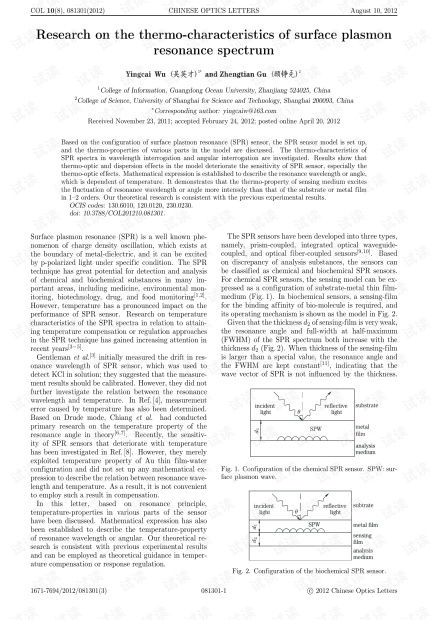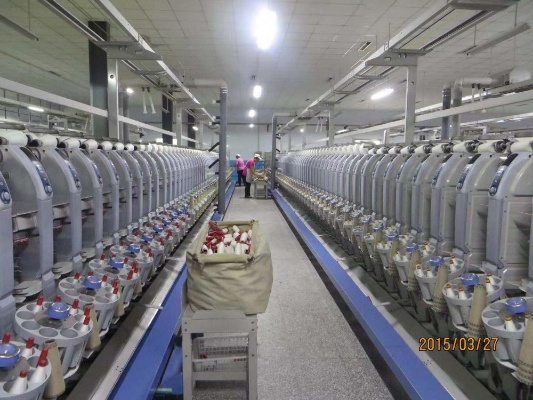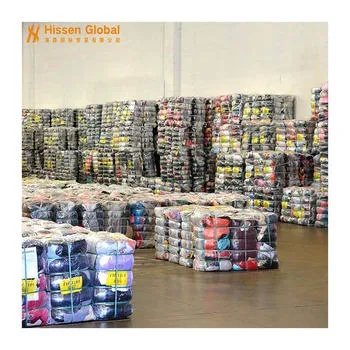The Characteristics of Textiles Testing
Textile testing involves the evaluation of various properties such as strength, durability, and comfort in order to assess the quality, safety, and performance of fabrics. The testing methods vary depending on the purpose of the test and the type of material being evaluated. Common textile testing methods include:,1. Tensile Testing: This involves stretching a sample of fabric to measure its breaking strength and determine its elasticity. It is used to evaluate the resilience and flexibility of fabrics under stress.,2. Tear Testing: This method involves pulling apart a sample of fabric to assess its tear resistance and durability. It is commonly used to measure the strength of materials used for clothing, sportswear, and other applications where fabric integrity is critical.,3. Shrinkage Testing: This technique measures the extent to which fabric samples shrink when exposed to heat or moisture. It is used to evaluate the suitability of fabrics for specific applications such as apparel and upholstery.,4. Compression Testing: In this method, fabric samples are compressed between two rigid plates to measure their dimensional stability and compression set. It is used to assess the resistance of fabrics to deformation under load.,5. Water Absorption Testing: This involves measuring the amount of water that can be absorbed by a fabric sample over a specified period. It is used to evaluate the breathability and moisture management capabilities of fabrics.,These tests provide valuable insights into the physical and chemical properties of fabrics, allowing manufacturers to optimize their products for specific applications and consumer needs.
Introduction to Textile Testing Textiles, the fabrics that make up our clothing and other accessories, undergo rigorous testing to ensure their durability, quality, and compliance with industry standards. These tests help manufacturers identify defects, optimize production processes, and protect consumers from subpar materials. In this article, we'll explore the various traits that define textile testing and provide insights into the importance of these tests in the textile industry.
Textile Testing Traits
-
Durability Durability is a fundamental characteristic of textiles that determines how long they can withstand wear and tear before showing signs of degradation. This includes factors such as strength, flexibility, and resistance to moisture and chemical attacks. For example, a test for water-resistant properties might involve measuring how much water a sample of fabric can absorb and still maintain its structural integrity. Another example could be a test for flame resistance, which evaluates how well the fabric resists catching fire when exposed to high temperatures or flames.
-
Quality Control Quality control is an ongoing process in the textile industry that aims to maintain consistent levels of quality throughout the production chain. Textile testing plays a critical role in ensuring that products meet the required standards for material composition, color accuracy, and fit. For instance, color testing might involve using spectrophotometry to analyze the color values of different shades of a fabric. A sample might then be compared to established color standards to determine if the shade meets the desired specifications. Additionally, testing might involve evaluating the fabric's weight per square yard (yarn count) and thickness to ensure it meets the required specifications for specific uses like sportswear or outdoor apparel.

-
Environmental Impact Textile companies are increasingly aware of the environmental impact of their products and have begun incorporating sustainable practices into their operations. This includes reducing energy consumption, minimizing waste, and sourcing materials that are more eco-friendly. For example, a textile testing lab might conduct a test to measure the amount of water used during the dyeing process. If the amount is excessive, the company may need to reassess its dyeing methods to reduce water usage and improve sustainability. Similarly, testing might involve analyzing the fabric's carbon footprint by measuring the amount of greenhouse gases emitted during production.
-
Compliance with Regulations Textile testing is essential for ensuring products comply with regulatory requirements set by governments and industry associations. These regulations often include standards for safety, hygiene, and quality. For example, many countries require textile products to meet certain minimum standards for flame resistance, toxicity levels, and overall safety performance. A textile testing lab might conduct a test to ensure that a product meets these regulations before it can be sold in the market.
-
Cost-Effectiveness Testing can be expensive, especially for larger batches or complex products. However, it is important for companies to justify their investment in testing based on its value to their business and customer satisfaction. For instance, a company might conduct a durability test on a new fabric blend to determine how well it performs under heavy use. If the results indicate potential issues with durability, the company can take corrective action before investing in additional testing or developing a new design.
Case Study: Synthetic Fiber Testing
In the textile industry, synthetic fibers have become increasingly popular due to their lightweight, breathable, and durable properties. However, these materials also pose unique challenges when it comes to testing. One example is a case study involving polyester fabrics. Polyester is known for its strong resistance to heat and wrinkles, but it can also emit harmful chemicals when exposed to certain conditions.
To address this issue, a textile testing lab might conduct a series of tests on polyester fabrics to evaluate their chemical stability and environmental impact. For instance, a test for volatile organic compounds (VOCs) might involve measuring the amount of these chemicals released when the fabric is subjected to specific washing conditions or exposure to sunlight. If the levels exceed regulatory limits, the fabric might need to undergo further processing or be labeled accordingly.
Another aspect of polyester testing could involve evaluating its flame resistance properties. A textile testing lab might use a test called the oxygen index (OI) test to measure the amount of time it takes for a fabric to ignite when exposed to flames. If the OI is below a certain threshold, the fabric might pass the test, indicating that it meets safety standards for fire protection. However, if the OI is above the threshold, the fabric might need to undergo modifications or labeling to prevent fire hazards.
Conclusion
Textile testing is an integral part of the textile industry's manufacturing process, ensuring that products meet quality, durability, and environmental standards. By conducting regular and thorough testing, companies can identify and address any potential issues early on in the production cycle. This not only helps them improve their products but also helps protect customers from defective or inferior goods. As the demand for sustainable and eco-friendly textiles continues to grow, it is essential for companies to prioritize testing in their efforts to meet consumer expectations and regulatory requirements.

在纺织品市场中,我们越来越注重产品的个性化和功能性,为了确保纺织品能够满足消费者的需求,对其性能进行全面测试是非常必要的,本文将通过纺织品测试来分析其性格特点,并探讨其在不同场合下的适用性。
纺织品测试的重要性
纺织品测试在纺织品行业中扮演着至关重要的角色,通过测试,我们可以了解纺织品的各项性能指标,包括强度、耐磨性、吸湿性、透气性等,这些指标不仅反映了纺织品的内在质量,还体现了其在不同场合下的适用性,在户外运动中,我们需要选择具有良好透气性和耐久性的纺织品,以确保穿着舒适和耐用。
纺织品测试案例分析
以下是一个纺织品测试案例分析,以供参考:
舒适度测试
某品牌的新型运动面料采用了高科技纤维和特殊工艺,经过严格测试后证明其具有良好的吸湿性和透气性,在户外运动中,这款面料能够保持穿着者干爽舒适,减少汗水滞留和潮湿感,深受消费者喜爱。
功能性测试

针对不同行业的需求,我们进行了多种功能性测试,一款防水面料经过防水性能测试后证明其具有出色的防水效果,在潮湿环境下,这款面料能够有效地防止水分渗透,保护电子元件不受损害,该面料还具有抗静电性能,适合在需要防静电的环境中使用。
纺织品性格特点分析
根据纺织品测试结果,我们可以分析其性格特点,以下是一些可能的性格特点:
- 耐用性:经过多次洗涤和摩擦后仍能保持良好的性能,某品牌的高档丝绸面料经过多次洗涤后仍然柔软舒适,证明了其良好的耐用性。
- 舒适度:根据消费者反馈和实际使用情况,纺织品应具备舒适度高的特点,某品牌的运动面料能够提供良好的吸湿性和透气性,使穿着者感到舒适自如。
- 环保性:随着消费者对环保意识的提高,纺织品应注重环保性能,某些环保纤维的使用可以减少环境污染和有害物质释放。
- 功能性:根据不同行业的需求,纺织品应具备相应的功能性特点,防水面料适用于户外运动、防水鞋垫适用于浴室等潮湿环境等。
纺织品测试方法与工具
纺织品测试方法主要包括物理性能测试、化学性能测试、人体接触测试等,常用的测试工具包括各种仪器仪表、实验室设备和手工测试等,使用拉力试验机、耐磨试验机等仪器仪表进行强度和耐磨性测试;使用红外线测温仪进行吸湿性和透气性测试等。
通过纺织品测试可以全面了解其性能指标和性格特点,在纺织品市场中,我们应该根据不同场合的需求选择合适的纺织品,以确保其性能符合要求并具有良好的适用性,我们还需要注重环保和可持续性,选择环保纤维等可持续材料来降低环境污染和有害物质释放。
Articles related to the knowledge points of this article:
The Unique Scent of山西个性化针纺织品批发价格
The Story of Dongguan Dailong Tianyu Textile Wholesale
Exploring the World of Textiles:A Journey Through Tide Happy Garment Trading



